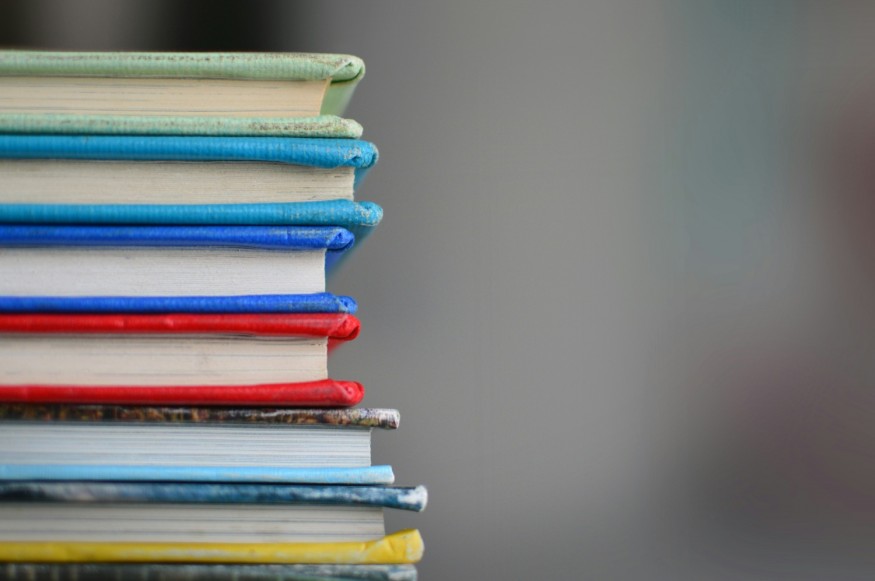Top 5 Key Elements of a High-Quality Preschool Learning Environment

Creating an enriching preschool environment involves more than just physical spaces; it encompasses routines, furnishings, spaces, materials, and documentation. These elements are crucial in fostering a supportive and engaging setting where young children can learn and thrive.
Routines:
Routines provide a familiar structure to the day, allowing children to predict events and transitions. This predictability builds trust and a sense of security, which is foundational for relationships and learning. Minimizing transitions and providing consistent warnings to children to anticipate activities, fostering a smoother learning experience. Ample time for investigations, projects, and interactions encourages exploration and peer engagement, which is essential for holistic development.
Furnishings:
Durable wooden shelves, tables, chairs, and dividers define space and invite engagement across the curriculum. These furnishings not only support the physical layout of the classroom but also reflect educators' values and beliefs about children's capabilities. Well-defined activity areas help organize the environment, support children's interests, and guide their activities. Using natural wood products underscores an appreciation for aesthetics and the importance of a nurturing physical environment.
Spaces - Interest Centers:
Preschool classrooms should include diverse interest centers that cater to individual and group activities, both indoors and outdoors. These centers encompass various curriculum content areas such as language and literacy, science and math, dramatic play, art, music, and sensory experiences. By offering choices within structured routines, teachers encourage children to explore their interests and develop decision-making skills. Well-designed spaces stimulate curiosity and extend learning opportunities, enhancing overall engagement.
Materials:
Incorporating real-life instruments, tools, artifacts, and natural materials like wood, stone, and fabric enriches the learning environment. These materials go beyond traditional preschool items, fostering creativity and hands-on exploration. Children and their families are encouraged to contribute valued materials, which teachers organize and distribute to support various projects and investigations. This approach reflects educators' roles in stimulating and supporting children's interests and promoting active learning experiences.
Documentation:
Writing is one of the critical ways of sharing and representing what is learned with all the different audiences of learners, teachers, and parents. It encompasses documenting, observing, assessing, analyzing, and evaluating the children's ongoing learning experiences and development using investigations and plans related to children's interests and learning-teaching-development concerns. Educators deepen their understanding by documenting children's play and learning processes through pictures, narratives, and artifacts and promote continuous improvement in teaching practices. Displaying and discussing these insights fosters collaboration and enhances the educational experience for all involved.
To conclude, this article described the best practices: routines, furnishings and spaces, learning materials, and record-keeping. Those best practices have to be embraced in a high-quality preschool learning environment. If social, emotional, physical, and cognitive development are well addressed, children's love for learning can be fostered and laid a good foundation for future learning and development.
Related Article : 5 Google Drive Tips and Tricks for Improved Organization and Efficiency












